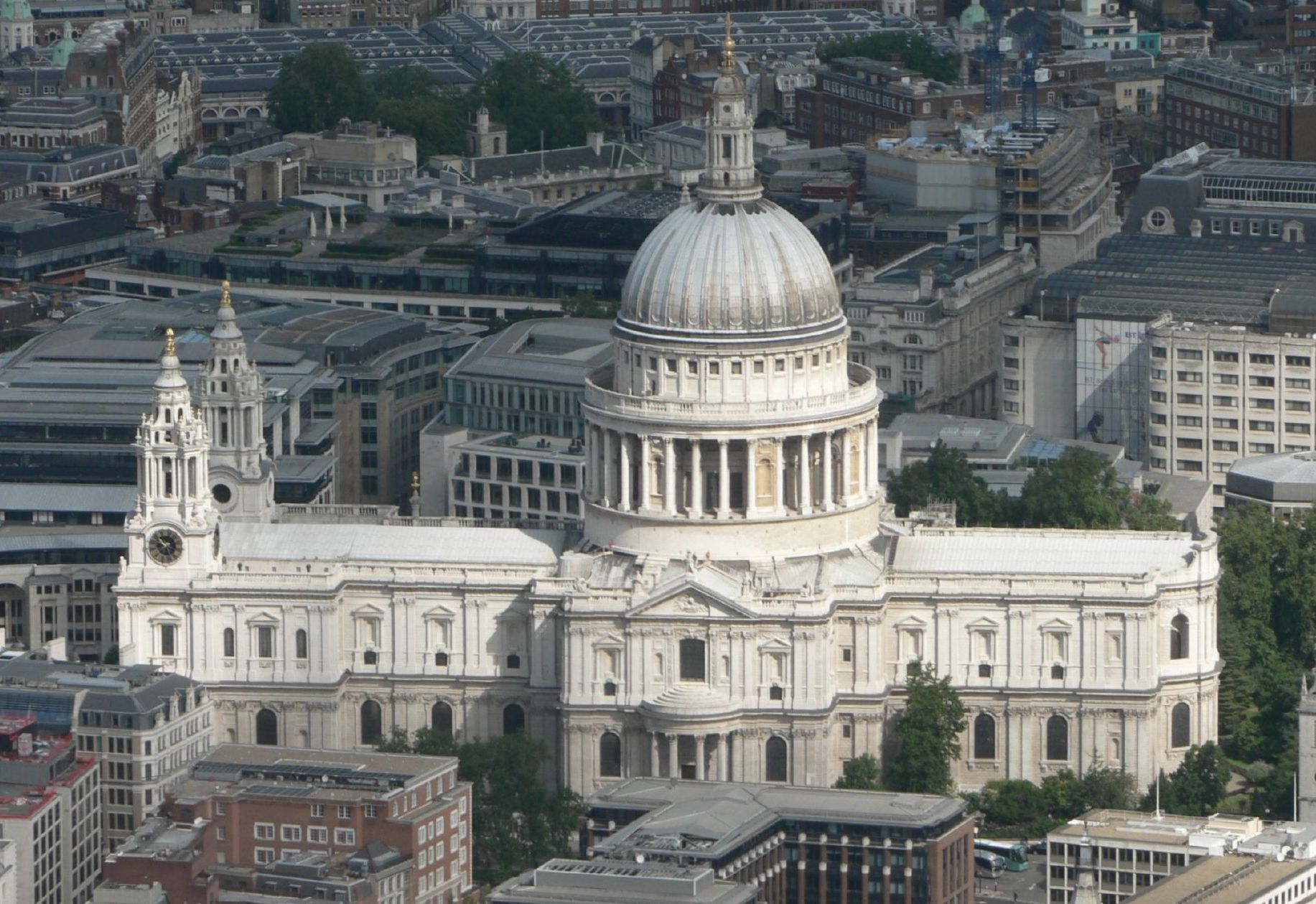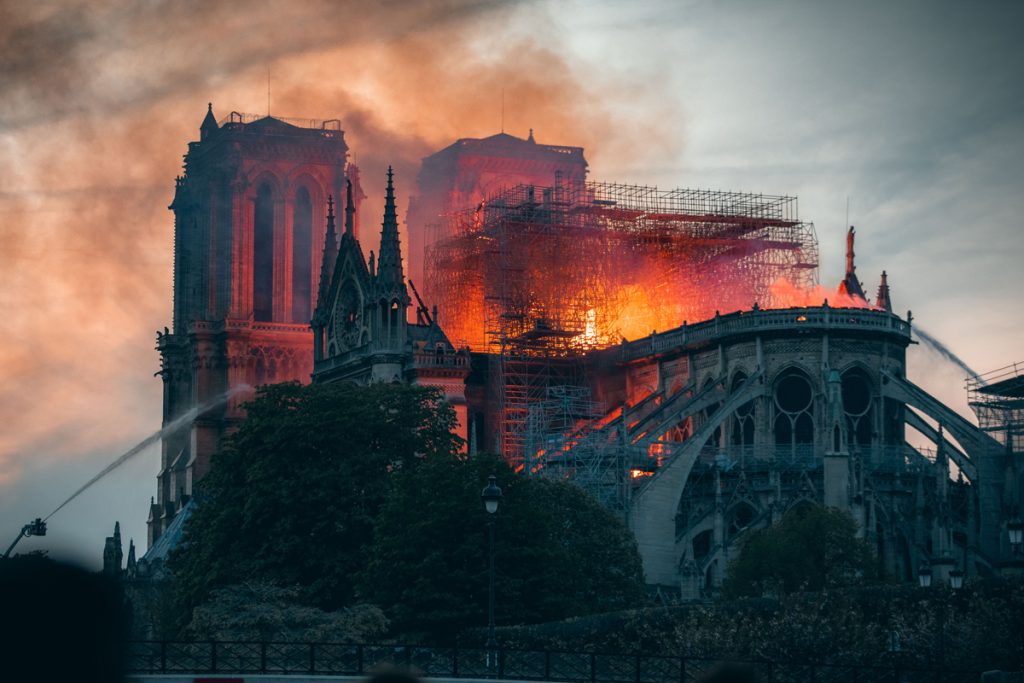Throughout history, some of the world’s most famous buildings have endured various catastrophes, including fire, war, and natural disasters. Despite the challenges they faced, these architectural marvels have not only survived but also bear the scars that tell their compelling stories. This article looks into the remarkable resilience of iconic structures such as the Parthenon, Leaning Tower of Pisa, St Paul’s Cathedral, the Alhambra and many more to highlight how disasters have shaped their history and architectural significance.
Parthenon – Athens, Greece
The Parthenon, an ancient Greek temple, has witnessed its fair share of calamities. In 1687, during a Venetian siege, the Turks used the Parthenon as a powder magazine. Tragically, a Venetian bomb struck the building, resulting in a massive explosion that devastated a portion of the structure. Additionally, in the 19th century, Lord Elgin, the British ambassador in Constantinople, controversially removed a significant portion of the sculptural decoration from the monument, selling them to the British Museum. Despite these adversities, the Parthenon stands as a symbol of resilience and cultural heritage.

Leaning Tower of Pisa – Pisa, Italy
The Leaning Tower of Pisa is renowned for the disaster that has befallen it—its notable lean. The tower began sinking and leaning during construction in the 12th century and continued to worsen throughout the 14th century. However, rather than being a detriment, the tower’s lean has added to its cultural and architectural significance. Over the past few decades, efforts have been made to stabilize and even reduce the lean by as much as 4 degrees. Remarkably, the tower still stands today, more than 800 years after construction began, captivating visitors from around the world.

St Paul’s Cathedral – London, England
St Paul’s Cathedral, an architectural masterpiece built between 1675 and 1710, withstood the test of time and endured the ravages of war. During the Second World War, as London faced relentless bombing, St Paul’s Cathedral remained resilient. Bombs rained down around the cathedral, with one even piercing the domed roof and destroying the High Altar. However, the majority of the building miraculously survived the onslaught, serving as a beacon of hope amidst the surrounding destruction. Its survival stands as a testament to the enduring strength of human craftsmanship and the indomitable spirit of resilience.

The Alhambra – Granada, Spain
The Alhambra, a magnificent palace and fortress complex, has endured both metaphorical and literal wars throughout its existence. Over the centuries, it has witnessed numerous earthquakes, with significant damage caused by severe tremors in 1431 and 1821. In 1890, a devastating fire engulfed several of the main structures, inflicting substantial harm. Additionally, during the Peninsula Wars of 1812, the Alhambra suffered the destruction of several towers. Despite these formidable challenges, the Alhambra stands proudly today, captivating visitors with its rich history and architectural splendour.

The Great Wall of China
The Great Wall of China, one of the world’s most famous architectural wonders, has faced numerous challenges throughout its extensive history. It has endured natural disasters such as earthquakes, erosion, and extreme weather conditions. Additionally, the wall has witnessed wars, invasions, and conflicts that have left their marks. Despite these adversities, the Great Wall of China continues to stand as a testament to human ingenuity and the determination to protect and preserve cultural heritage.

Cologne Cathedral Cologne, Germany
Cologne Cathedral, a Gothic masterpiece, faced severe damage during World War II. Allied bombings targeted the city of Cologne, resulting in extensive destruction. The cathedral suffered significant damage, with sections of its stunning stained glass windows shattered and parts of its intricate stone facade crumbling. However, the resilience and dedication of the people of Cologne led to the restoration of the cathedral to its former glory, showcasing the strength of community and the importance of preserving architectural treasures.

Hagia Sophia – Istanbul, Turkey
Hagia Sophia, a magnificent Byzantine architectural gem, has experienced numerous calamities over its long history. The building was ravaged by fires in 404, 532, and 859, which caused substantial damage to its structure and interior. Throughout the centuries, the Hagia Sophia also endured earthquakes and political upheavals. However, each time it faced destruction, it was rebuilt and restored, showcasing its enduring significance as a symbol of cultural and religious heritage.

Notre-Dame Cathedral – Paris, France
Notre-Dame Cathedral, an iconic symbol of French Gothic architecture, suffered a devastating fire in April 2019. The blaze engulfed the roof and the spire of the cathedral, causing extensive damage to the historic structure. The event shocked the world, but it also sparked an outpouring of support and a commitment to restore this architectural masterpiece. The rebuilding efforts serve as a testament to the resilience and determination to preserve cultural heritage for future generations.

Conclusion
The resilience of iconic buildings in the face of disasters demonstrates the enduring power of human creativity, craftsmanship, and the importance of preserving cultural heritage. From the Parthenon’s enduring scars in Athens to the Leaning Tower of Pisa’s famous lean in Italy, these structures bear witness to the transformative impact of adversity on architecture. St Paul’s Cathedral in London, the Alhambra in Granada, and the Great Wall of China exemplify the ability of architectural wonders to withstand the test of time, wars, and natural calamities. The restoration efforts and community dedication in rebuilding Cologne Cathedral, the Hagia Sophia in Istanbul, and Notre-Dame Cathedral in Paris further highlight the commitment to preserving architectural treasures and their historical significance. These buildings serve as powerful symbols of resilience, inspiring generations with their stories and reminding us of the indomitable spirit of human persistence. By appreciating and protecting these architectural wonders, we ensure that their legacy endures, connecting us to the past and inspiring future generations to create and withstand the challenges of the future.
Feature image courtesy: Arts and Collections

Contributor





